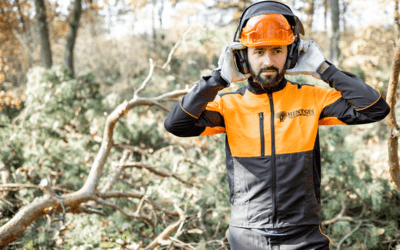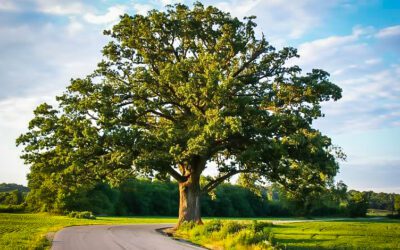
Un-Repaired Storm Damage
Trees can suffer extensive damage in the wake of storms. Heavy ice and snow can tear trees down, hail can rip limbs from trees, and high winds can cause broken limbs and splits in tree trunks. Ask a Certified Arborist to inspect damage as soon as possible so that the tree can receive proper care and danger can be mitigated.

Planting
One of the most common mistakes even professionals make when planting trees is planting them too deep. The roots must have access to oxygen to thrive so dig a hole that is about 50% wider than the pot in which your new tree arrived but about one inch shallower. Your new tree should sit in the hole so that the top of the root ball actutally sits slightly above ground level. Backfill with the soil from the hole and spread 3-4 inches of mulch in a wide area around the tree but not against the trunk.

Fertilization
Most trees, if planted in suitable soil, do not require additional fertilizer. Over-application of nitrogen and other fertlizer is common. Too much fertilizer can increase susceptibility to fungal disease and increase the rate of decay. Your trees will absorb adequate nutrition from the soil around them especially if they are located in a mowed yard that is being fertilized.

Anthracnose Disease
This fungal disease affects deciduous and flowering trees. Look for spotting of foliage in spring and summer.

Winter Injury
Even during mild winters, evergreens can lose moisture and not be able to replenish it. Make sure your evergreens have sufficient soil moisture.

Bagworms
These small caterpillars make a spindle shaped silk bag on your landscape trees camouflaged with bits of foliage, bark and other debris. The larvae prefer arborvitae and cedar, but will attack many species of conifers and deciduous trees. As these caterpillars feed on their host plant, moderate to severe defoliation occurs. There are treatment options available.

Japanese Beetles
Japanese beetles are one of the most devastating pest of urban landscapes. These beetles can also be quite hard on the trees in your yard. The Japanese beetle is about a half-inch long metallic green beetle with copper brown wing covers. There are treatment options available.

Fire Blight
This is a bacterial disease that attacks ornamental and fruit tress such as Bradford, Aristocrat and Cleveland Select Pear trees and both ornamental (crab apple) and fruiting apple trees. Fire Blight can be difficult to control because it requires treatment with an agricultural antibiotic at a very specific time. Fire Blight is characterized by dieback of the newest growth in the spring which gives the entire tree a scorched look. Over time, Fire Blight can be fatal.
DO YOU NEED HELP?
We’re here to serve you and we provide free estimates.



